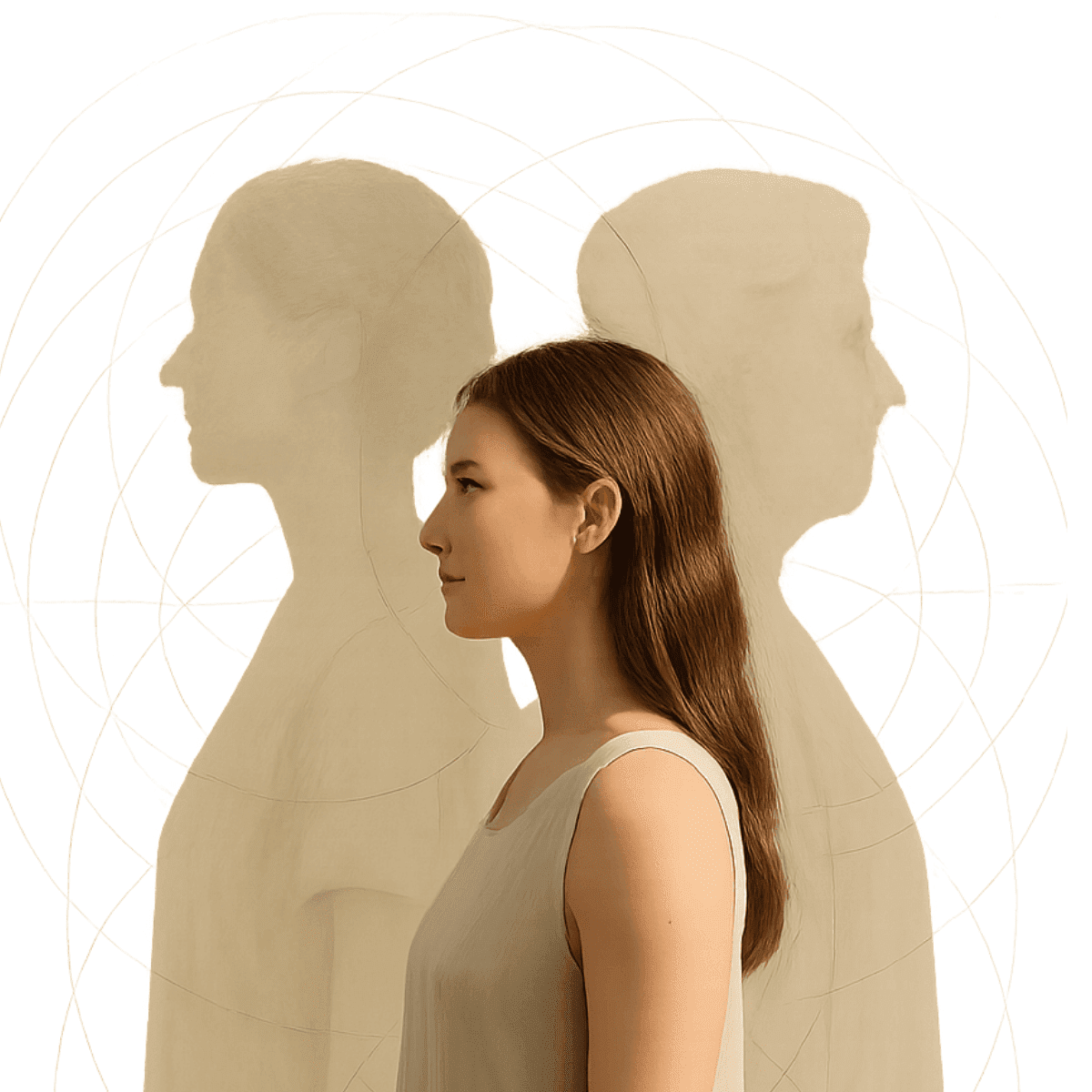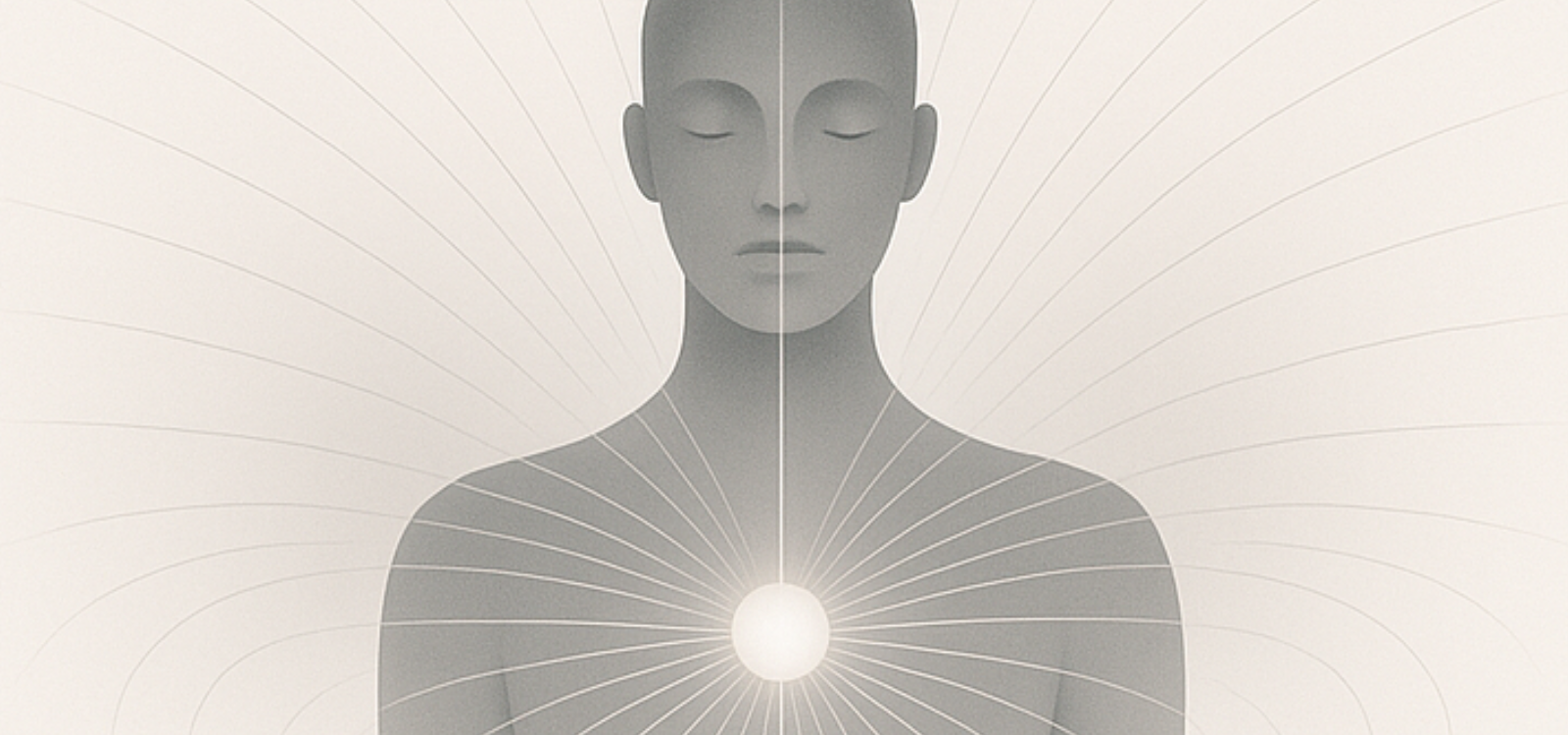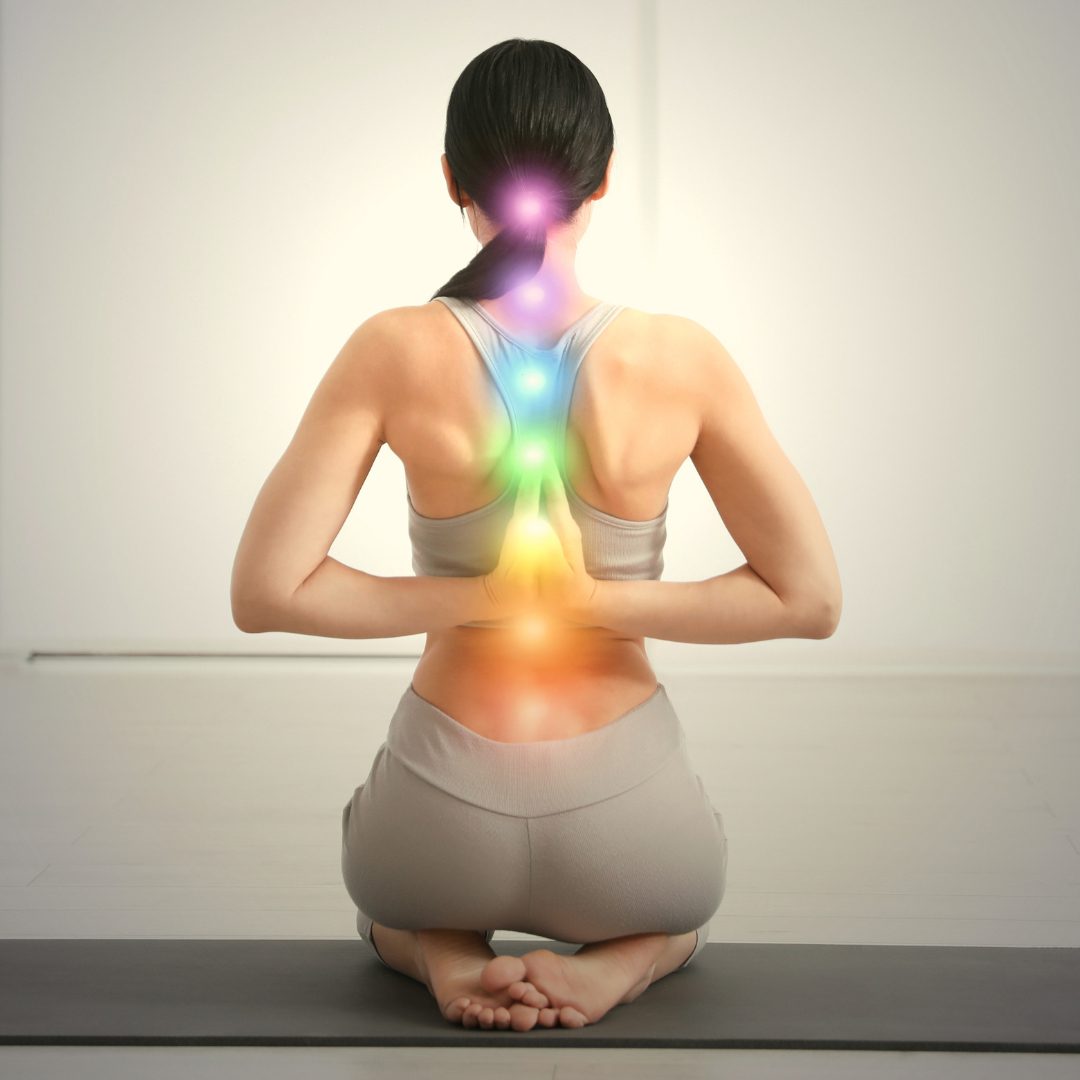The History of Subtle Energy
Throughout human history, cultures across the globe have developed sophisticated understanding of subtle energy within the human body. These systems of “energy anatomy” offer maps for navigating the invisible forces that many believe influence our physical health, emotional wellbeing, and spiritual development. While modern science continues to explore these concepts, millions of people worldwide find meaning and practical application in these ancient frameworks for understanding the human energy field.
Whether you’re interested in chakra balancing, acupuncture meridians, or aura reading, this comprehensive guide will help you understand the seven most recognized forms of energy anatomy that have shaped healing practices, spiritual traditions, and consciousness work across civilizations.
Energy Anatomy Systems Chart
| System | Origin | Key Features | Primary Focus |
|---|---|---|---|
| Chakras | Yogic tradition | 7 spinning energy centers | Spiritual development & balance |
| Meridians | Chinese Medicine | 12 principal qi pathways carrying | Physical health & healing |
| Nadis | Yogic tradition | 72,000 energy channels | Breath work & meditation |
| Dantians | Taoist practice | 3 energetic “elixir fields” | Internal cultivation |
| Sephirot | Jewish Kabbalah | 10 divine emanations | Mystical consciousness |
| Medicine Wheel | Native American | 4 directional energies | Natural harmony |
1. Chakras: The Seven Wheels of Light
Origin: Hindu and Buddhist traditions
Core Concept: Seven main energy centers along the spine
Perhaps the most widely recognized energy anatomy system in the Western world, chakras are described as spinning wheels of subtle energy that correspond to different aspects of human experience. From the grounding Root Chakra at the base of the spine to the transcendent Crown Chakra at the top of the head, each center governs specific physical, emotional, and spiritual functions.
The seven main chakras are:
- Root (Muladhara): Survival, grounding, basic needs – Red
- Sacral (Svadhisthana): Creativity, sexuality, self-esteem – Orange
- Solar Plexus (Manipura): Personal power, confidence – Yellow
- Heart (Anahata): Love, compassion, relationships – Green
- Throat (Vishuddha): Communication, self-expression – Blue
- Third Eye (Ajna): Intuition, wisdom, insight – Indigo
- Crown (Sahasrara): Spiritual connection, enlightenment – Violet
What Makes Chakras Unique
As a master energy system, chakras can be depicted through color, sound and shape, reflecting their frequency-specific origins. Chakras were identified by ancient yogis who were able to decipher the deeper sacred geometry which structures the varying dimensions of the aura. There is startling correlation with contemporary neuroscience and the discovery that the brain interfaces through higher dimensional geometry. The system’s growth trajectory of ascending along the central channel creates a clear roadmap for spiritual development.
Famous Figure: Paramahansa Yogananda (1893-1952)
Known as “The Father of Yoga in the West,” Paramahansa Yogananda was an Indian-American Hindu monk who founded the Self-Realization Fellowship and authored the spiritual classic “Autobiography of a Yogi.” Yogananda taught that chakras are “the seven occult centers of life and consciousness in the spine and brain, which enliven the physical and astral bodies of man.” His teachings on chakra meditation and Kriya Yoga brought Eastern subtle energy concepts to millions of Western practitioners.
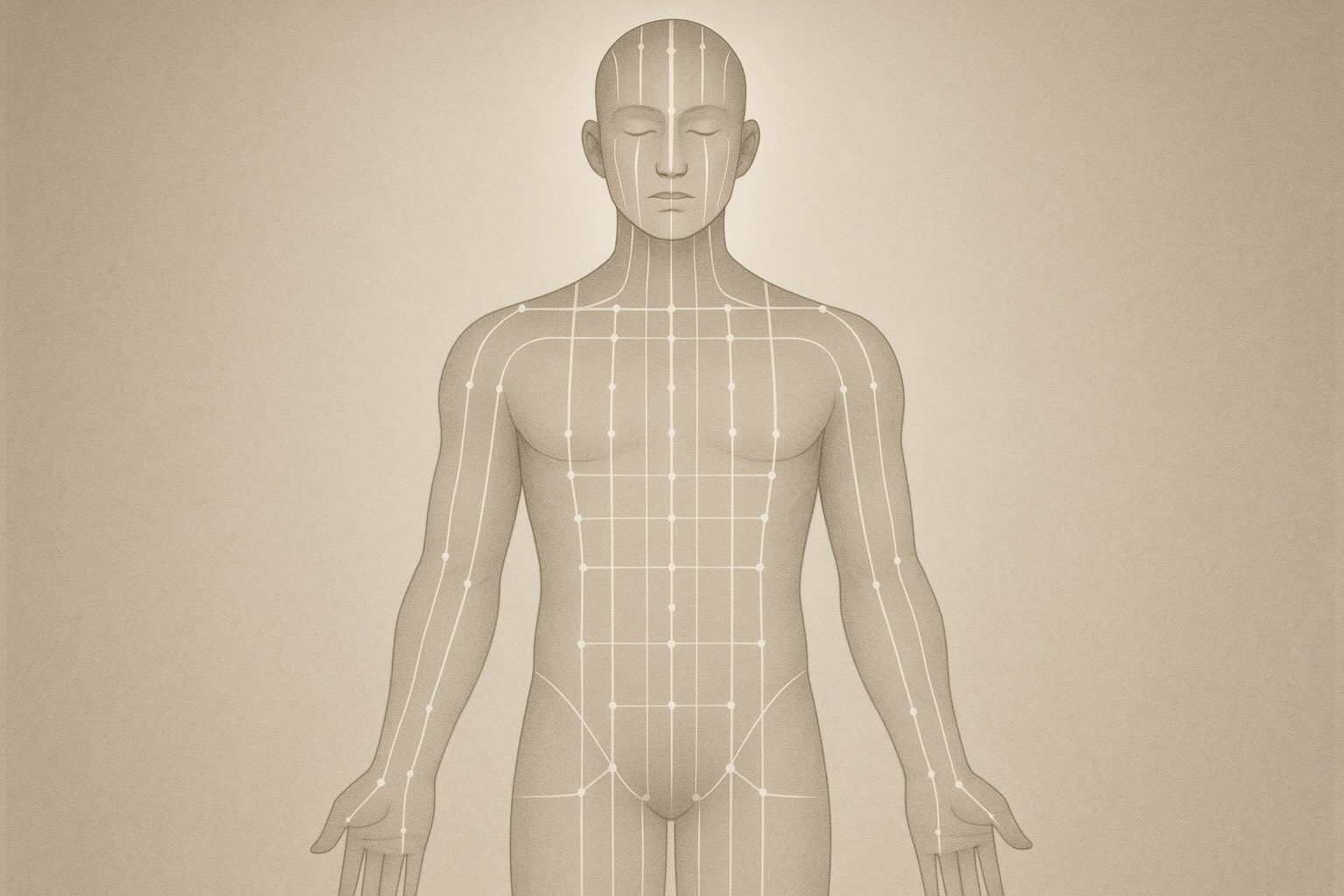
2. Meridians: The Rivers of Qi
Origin: Traditional Chinese Medicine
Core Concept: Energy pathways carrying life force throughout the body
In Traditional Chinese Medicine (TCM), meridians are invisible channels that carry “qi” (pronounced “chee”) – the vital life force energy – throughout the body. This intricate network consists of twelve main meridians, each corresponding to a major organ system, plus additional vessels that regulate and distribute energy throughout the human energy field.
Meridians are dynamic pathways that can become blocked or imbalanced, leading to physical illness or emotional disturbance. Acupuncture, acupressure, and other TCM practices work specifically with these meridian lines to restore healthy energy flow. Acupuncture is classified as complementary and alternative medicine (CAM) and can serve as a standalone or adjunct therapy to a health and wellness practice.
The twelve main meridians include:
- Lung & Large Intestine: Respiratory and elimination functions
- Stomach & Spleen: Digestion and nutrient processing
- Heart & Small Intestine: Circulation and emotional processing
- Bladder & Kidney: Filtration and vital essence storage
- Pericardium & Triple Heater: Heart protection and metabolism
- Gallbladder & Liver: Bile production and emotional regulation
What Makes Meridians Unique
The meridian system is the only energy anatomy that directly correlates with measurable electrical conductivity in the body. Modern research has found that acupuncture points have lower electrical resistance than surrounding tissue. Additionally, meridians operate on a 24-hour cycle, with each meridian having peak energy times, making timing crucial for treatment effectiveness.
Famous Figure: Huang Di (The Yellow Emperor, ~2700 BCE)
The legendary Yellow Emperor is credited with the foundational text of Traditional Chinese Medicine, “The Yellow Emperor’s Classic of Internal Medicine” (Huangdi Neijing). This ancient work established the theoretical framework for understanding acupuncture. Though historically debated, Huang Di represents the collective wisdom of early Chinese medical practitioners who mapped the meridian system.
3. Nadis: The Sacred Channels of Prana
Origin: Yogic tradition
Core Concept: 72,000 energy channels carrying life force, energy anatomy closely aligned with the physical nervous system
In the yogic understanding of subtle energy anatomy, nadis are energy channels through which prana (life force energy) flows throughout the subtle body. While there are said to be 72,000 nadis in total, three primary channels are of particular importance:
- Ida: The lunar, feminine channel running along the left side of the spine (ascendent)
- Pingala: The solar, masculine channel running along the right side (descendent)
- Sushumna: The central channel where kundalini energy flows through the chakras
Pranayama (breathing practices), yoga asanas, and meditation work to purify and balance these nadis, creating optimal conditions for spiritual awakening and the rise of kundalini energy through the energy field.
What Makes Nadis Unique
The nadi system energy anatomy emphasizes the importance of breathing patterns for energy flow. Unlike other systems, nadis are dynamic and responsive to the breath, making pranayama (breathing exercises) the tool of choice for working with this system. The integration of yin and yang energies through Ida and Pingala creates a unique approach to balancing masculine and feminine aspects.
Famous Figure: Swami Sivananda (1887-1963)
A renowned yoga teacher and spiritual master, Swami Sivananda wrote extensively about the nadi system in his classic works on yoga and meditation. He established the Divine Life Society and taught that proper understanding of nadis was essential for spiritual progress. His systematic approach to pranayama and meditation helped popularize nadi-based practices throughout the world.
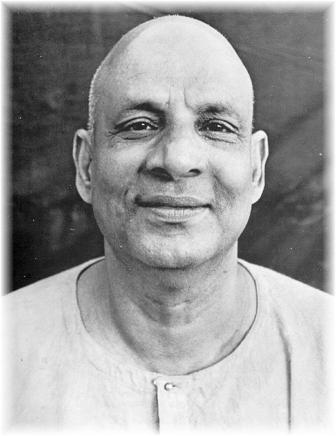
4. Dantians: The Three Treasures of Energy
Origin: Taoist tradition
Core Concept: Three main energy storage and cultivation centers, parallels to the concept of subtle bodies
In Taoist practice, dantians are energy centers where qi is stored, refined, and cultivated within the practitioner’s energy field. Unlike the seven chakras, there are three main dantians, each serving different functions in the practitioner’s development:
- Lower Dantian (Qi Hai): Located three fingers below the navel, governs physical vitality, sexual energy, and basic life force
- Middle Dantian (Shan Zhong): Located at the heart/chest, manages emotional balance, relationships, and compassion
- Upper Dantian (Yin Tang): Located at the forehead, develops spiritual insight, wisdom, and connection to higher consciousness
Taoist internal cultivation practices, including qigong and internal martial arts, focus on building and circulating subtle energy through these three centers to achieve longevity, health, and spiritual realization.
*Listen to our guided meditation for vital energy and dantian cultivation.
What Makes Dantians Unique
The dantian system is the only energy anatomy that emphasizes energy storage and cultivation over energy flow. While other systems focus on balancing or clearing energy, Taoists work to accumulate and refine qi in the dantians. This approach makes dantians particularly suited for longevity practices and internal martial arts, where stored energy can be accessed for healing or physical power.
Famous Figure: Lao Tzu (6th Century BCE)
The legendary founder of Taoism and author of the “Tao Te Ching,” Lao Tzu established the philosophical foundation for understanding the three dantians. Though historically debated, Lao Tzu represents the wisdom tradition that views the human body as a microcosm of the universe, with the dantians serving as crucial energy storage centers for cultivating harmony with the Tao.
“When I let go of what I am, I become what I might be.”
-Lao Tzu, Tao Te Ching
5. Sephirot: The Tree of Life’s Divine Emanations
Origin: Jewish Kabbalah
Core Concept: Ten divine energy centers mapping cosmic and human consciousness
The Sephirot represent ten divine emanations or energy centers that form the Kabbalistic Tree of Life. This sophisticated system maps both the cosmic structure of creation and the human spiritual anatomy, showing how divine consciousness manifests through different levels of reality within the energy field.
The ten Sephirot include:
- Keter (Crown): Pure divine will and consciousness
- Chochmah (Wisdom): Divine inspiration and intuition
- Binah (Understanding): Comprehension and discernment
- Chesed (Loving-kindness): Expansion and generosity
- Gevurah (Strength): Restriction and discipline
- Tiferet (Beauty): Harmony and balance
- Netzach (Victory): Endurance and persistence
- Hod (Splendor): Humility and receptivity
- Yesod (Foundation): Connection and communication
- Malchut (Kingdom): Manifestation in physical reality
What Makes Sephirot Unique
The Sephirot system is an energy anatomy that explicitly maps divine consciousness within human experience. Unlike other systems that may focus on personal energy or health, the Tree of Life shows how cosmic forces operate through human consciousness. This makes it particularly valuable for understanding spiritual psychology and the relationship between individual and universal subtle energy.
Famous Figure: Rabbi Isaac Luria (1534-1572)
Known as the “Ari” (Lion), Rabbi Isaac Luria revolutionized Kabbalistic understanding of the Sephirot through his system of Lurianic Kabbalah. His teachings on the Tree of Life and the flow of divine energy through the Sephirot became foundational to modern Kabbalistic practice. Luria’s emphasis on tikkun (repair) showed how working with the Sephirot could heal both individual and cosmic consciousness.
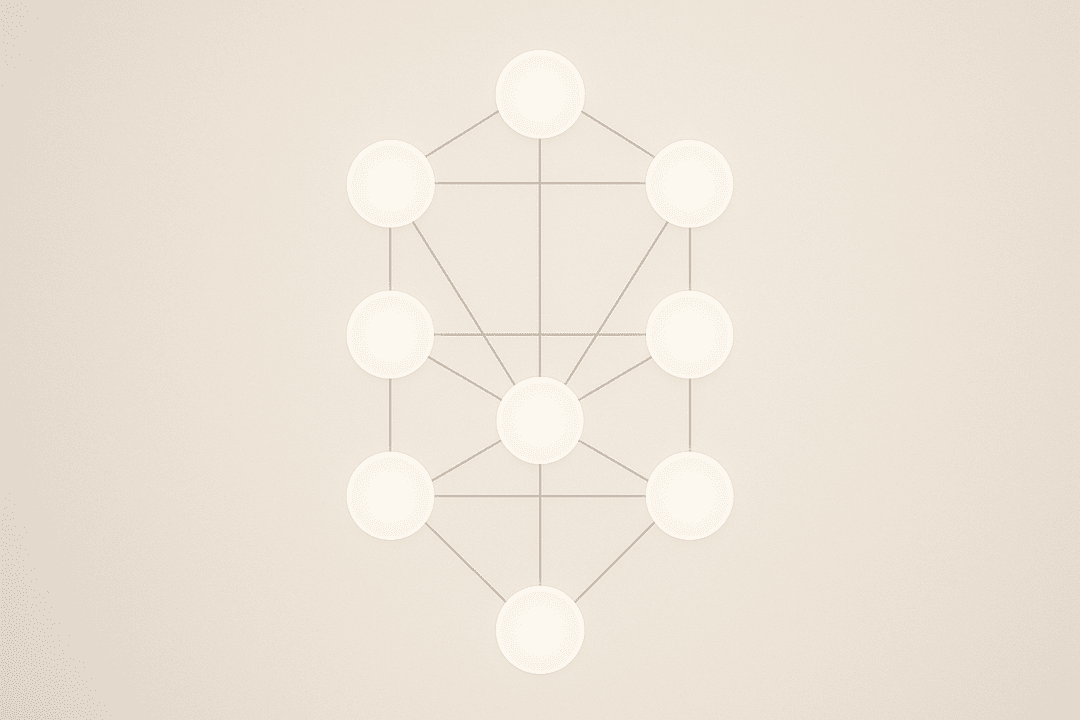
6. Medicine Wheel: The Sacred Circle of Energy
Origin: Native American traditions
Core Concept: Cyclical energy patterns reflecting natural and spiritual laws
The Medicine Wheel is a sacred energy map used by various Native American tribes to understand the cyclical nature of life, seasons, and spiritual directions. While different tribes have their own variations, most Medicine Wheels include four directions, each associated with specific colors, elements, animals, and spiritual qualities within the natural energy field.
Common Medicine Wheel associations include:
- East (Yellow): Spring, air element, new beginnings, eagle
- South (Red): Summer, fire element, growth and passion, mouse
- West (Black): Autumn, water element, introspection, bear
- North (White): Winter, earth element, wisdom and completion, buffalo
This system recognizes that subtle energy moves in cycles and that human beings are intimately connected to the natural world’s rhythms. The Medicine Wheel serves as a tool for understanding one’s place in the larger web of existence and for maintaining balance between the physical, emotional, mental, and spiritual aspects of life.
What Makes Medicine Wheel Unique
The Medicine Wheel is the only energy anatomy system that explicitly connects human energy to natural cycles and seasonal changes. Unlike other systems that focus on internal energy centers, the Medicine Wheel emphasizes the relationship between human consciousness and the energy field of the natural world. This makes it particularly valuable for eco-spiritual practices and understanding biorhythms.
Famous Figure: Black Elk (1863-1950)
A holy man of the Oglala Lakota, Black Elk shared his vision of the Medicine Wheel and its spiritual significance through his collaboration with John Neihardt in “Black Elk Speaks.” His teachings emphasized the sacred nature of the four directions and how they relate to human spiritual development. Black Elk’s vision helped preserve and share Native American understanding of the Medicine Wheel with the broader world.
“The first peace, which is the most important, is that which comes within the souls of people when they realize their relationship, their oneness with the universe and all its powers…and all its powers, and when they realize at the center of the universe dwells the Great Spirit, and that its center is really everywhere, it is within each of us.”
-Black Elk
Conclusion: Integrating Ancient Wisdom with Modern Life
These seven energy anatomy systems represent humanity’s diverse approaches to understanding subtle energy and consciousness. Whether you’re drawn to the colorful symbolism of chakras, the practical healing applications of meridians, or the natural wisdom of the Medicine Wheel, each system offers unique insights into the human energy field.
While scientific validation of these concepts continues to evolve, millions of people worldwide find practical benefit in these ancient frameworks for understanding health, consciousness, and spiritual development. The key is finding the system that resonates most deeply with your personal path while remaining open to the wisdom each tradition offers.
As interest in aura reading, energy healing, and consciousness work continues to grow, these traditional maps of subtle energy anatomy provide valuable guidance for navigating the invisible dimensions of human experience. Whether you’re a beginner exploring energy work or an experienced practitioner deepening your understanding, these seven systems offer a comprehensive foundation for working with the subtle energies that many believe influence our daily lives.
Ready to explore these energy systems further?
Consider starting with a free guided chakra meditation or if you want to become an energy healer check out our energy healing training (EHT) program.
Remember that working with subtle energy is a personal journey, and what works for one person may differ for another. Our podcast, The Future of Wellness features conversations with some of the worlds leading experts on energy anatomy and the biofield.
FAQ
Common questions about energy anatomy
Some people report being able to see auras or energy fields around living beings. While scientific validation remains limited, some biofield research experiments with aura photography. You can read about the author’s journey to seeing the auras in his book, Radical Reality.
Common signs of blocked subtle energy include persistent fatigue, emotional imbalances, physical symptoms without clear medical cause, and feelings of spiritual disconnection. Different systems offer various diagnostic and healing approaches. It is important to note that all people have some level of blocked energy but when pronounced can cause more issues.


